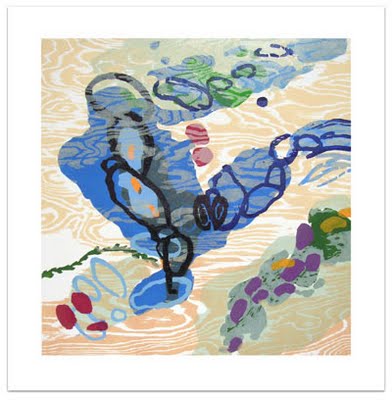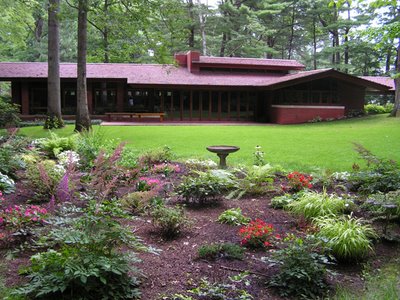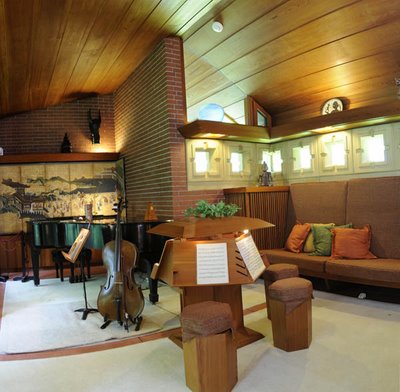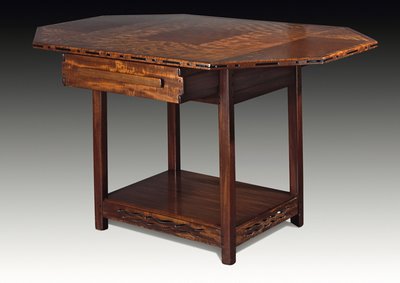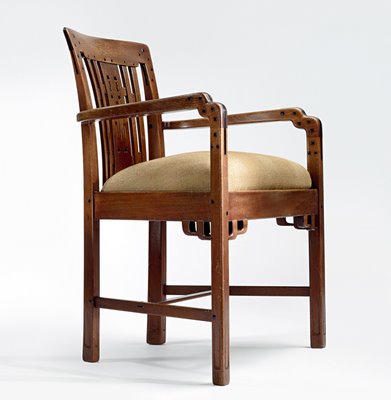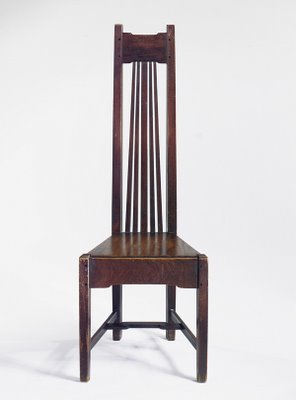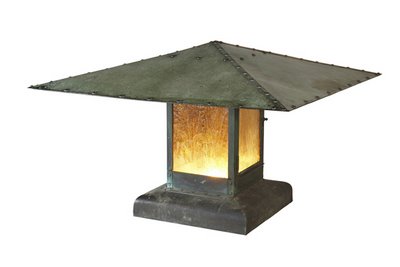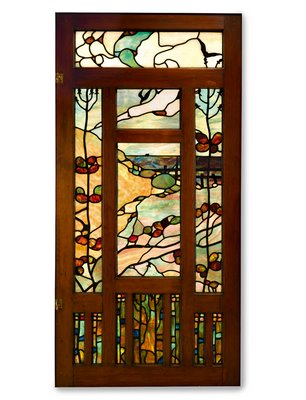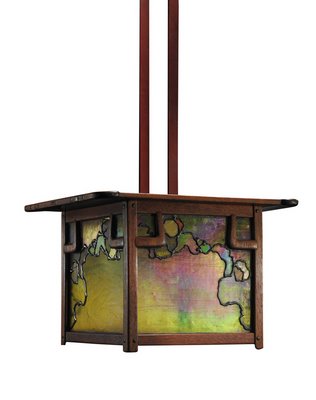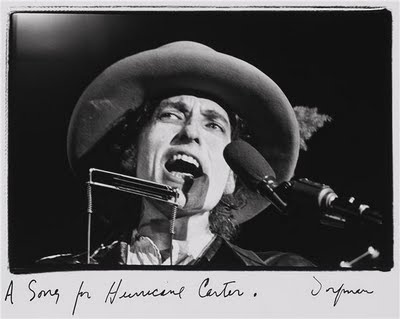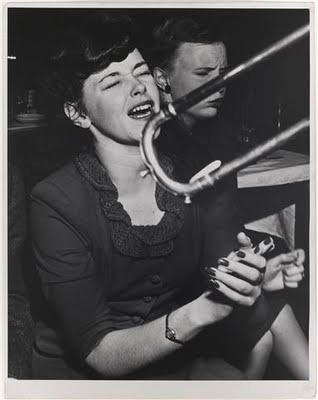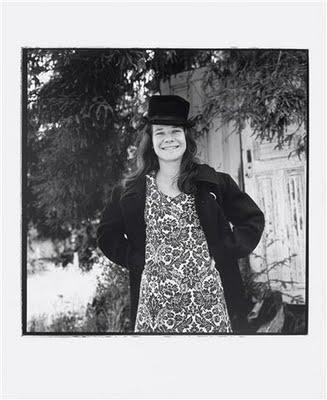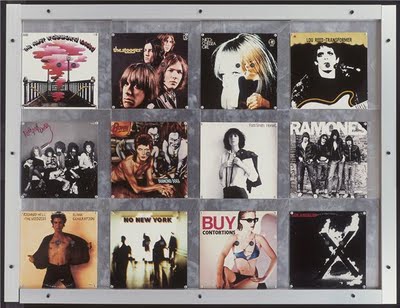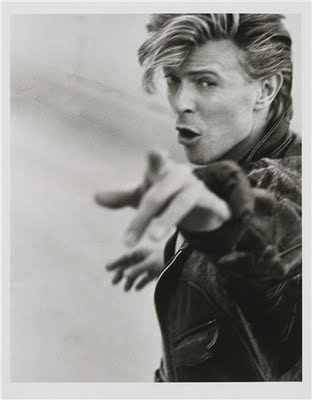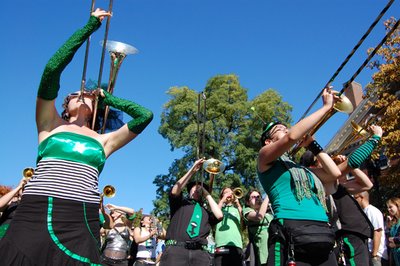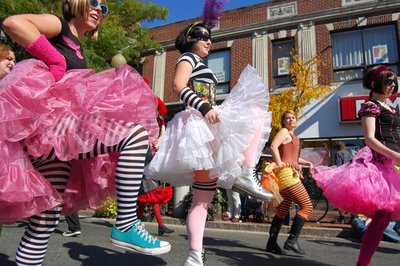Demolition derbies

From my report on the Brockton Fair’s demolition derby on July 10:
An air horn calls the demolition derby to a halt, as firefighters dash across the Brockton Fair's muddy track and shove an extinguisher under the hood of one of the banged-up cars. It's a small fire, quickly doused, and the action soon continues, but not for John Francis Jr., whose late '90s Mercury Sable wagon's back, front, and sides are already caved in by collisions. "I lost reverse, couldn't turn right," the 21 year old from Randolph says afterward as the Sable, with its left rear wheel bent at an uncomfortable angle, is winched onto the back of a tow truck. "Then I lost the starter and the battery. Everything went wrong all at once."Read the rest here. A slideshow of photos by The New England Journal of Aesthetic Research is here.
It's a warm July evening as people in T-shirts and shorts crowd the grandstands overlooking the dirt track, ringed with jersey barriers and wet down to prevent cars from getting too fast. Dangerously fast. Yes, the thrill of demolition derbies is the multi-car pile-ups and, especially, when a car gets up a head of steam crossing from one side of the track to the other and wallops another vehicle. But so much of this survival-of-the-fittest competition, in which the winner is the last vehicle moving, is about failure.
Perhaps that is why demolition derbies seem like the perfect metaphor for our times.
Upcoming demolition derbies in the area:
Marshfield Fair, Route 3A, Marshfield. Demolition derby August 21, 27 and 28. Demolition derby figure 8, August 24 and 29. marshfieldfair.org
Westfield Fair, Russellville Road, Westfield, Aug. 22. thewestfieldfair.com
Cummington Fair, 97 Fairgrounds Rd., Cummington, August 28. cummingtonfair.com
Spencer Fair, Smithville Road., Spencer, September 4 and 7. spencerfair.org
Three County Fair, Bridge Street, Northampton, September 4 and 6. 3countyfair.com
Franklin County Fair, 87 Wisdom Way, Greenfield, September 11 and 13, fcas.com
Photo by The New England Journal of Aesthetic Research.





